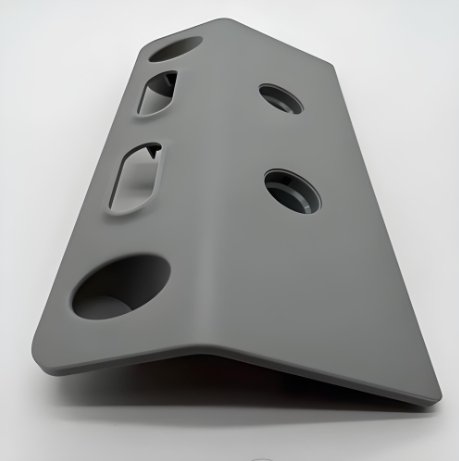
In the realm of industrial equipment, the housing serves as the first line of defense, protecting internal components from environmental factors and mechanical stress. The manufacturing of these housings demands precision, durability, and cost-effectiveness. Housing Injection Molding emerges as a pivotal process in meeting these requirements, with the expertise of a seasoned Mold Maker being crucial to the success of the operation.
Understanding Housing Injection Molding
Housing Injection Molding is a manufacturing process where molten plastic is injected into a mold cavity, forming a part upon cooling. This method is particularly suited for producing complex shapes with high precision, making it ideal for industrial equipment housings.
The process involves several key steps:
- Clamping: The two halves of the mold are securely closed.
- Injection: Molten plastic is injected into the mold cavity.
- Cooling: The plastic solidifies within the mold.
- Ejection: The finished part is ejected from the mold.
This technique allows for high-volume production with consistent quality, essential for industrial applications.
The Role of the Mold Maker
The Mold Maker plays a critical role in the Housing Injection Molding process. Their responsibilities include:
- Designing the Mold: Creating detailed plans that account for the part’s geometry, material flow, and cooling requirements.
- Machining the Mold: Utilizing CNC machining and EDM (Electrical Discharge Machining) to fabricate the mold components.
- Testing and Refinement: Conducting trial runs to identify and correct any issues, ensuring the mold produces parts that meet specifications.
A proficient Mold Maker ensures that the mold is durable, efficient, and capable of producing high-quality housings consistently.
Material Selection for Industrial Housings
Choosing the right material is vital for the performance of industrial equipment housings. Common materials used in Housing Injection Molding include:
- Polycarbonate (PC): Known for its impact resistance and thermal stability.
- Acrylonitrile Butadiene Styrene (ABS): Offers good mechanical properties and surface finish.
- Polyamide (Nylon): Provides excellent wear resistance and chemical stability.
- Polypropylene (PP): Valued for its chemical resistance and flexibility.
The Mold Maker must consider the material’s properties during mold design to accommodate factors like shrinkage and flow characteristics.
Advantages of Housing Injection Molding for Industrial Equipment
Implementing Housing Injection Molding in the production of industrial equipment housings offers several benefits:
- Precision and Consistency: Ensures uniformity across large production runs.
- Design Flexibility: Allows for complex geometries and integrated features.
- Cost-Effectiveness: Reduces material waste and labor costs.
- Durability: Produces parts that withstand harsh industrial environments.
These advantages contribute to the overall efficiency and reliability of industrial equipment.
Challenges and Solutions in Mold Design
Designing molds for industrial housings presents challenges such as:
- Complex Geometries: Requiring intricate mold designs to accommodate features like undercuts and varying wall thicknesses.
- Thermal Management: Ensuring uniform cooling to prevent warping or internal stresses.
- Material Behavior: Accounting for the flow and shrinkage characteristics of different plastics.
The Mold Maker addresses these challenges through meticulous planning, simulation, and testing, ensuring the final mold meets all production requirements.
Quality Control in Housing Injection Molding
Maintaining high quality in Housing Injection Molding involves:
- Dimensional Inspection: Verifying that parts meet specified tolerances.
- Material Testing: Ensuring the plastic used meets performance standards.
- Process Monitoring: Continuously observing the molding process to detect and correct deviations.
These measures ensure that each housing produced meets the stringent demands of industrial applications.
The production of industrial equipment housings through Housing Injection Molding is a complex process that demands precision, expertise, and attention to detail. The Mold Maker is at the heart of this process, crafting molds that enable the efficient production of durable, high-quality housings. By understanding and optimizing each aspect of the process, manufacturers can ensure their equipment is protected by housings that meet the highest standards of performance and reliability.
